5 Levels Fundamentals of Ericksonian Hypnotherapy
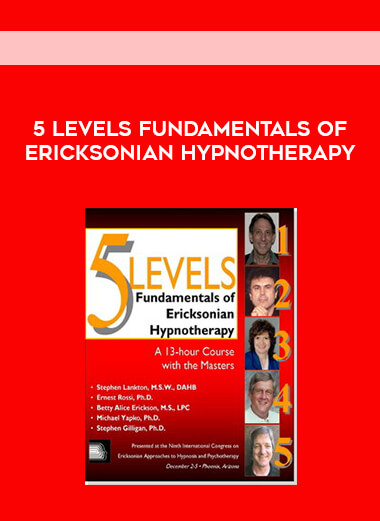
Arichive : 5 Levels Fundamentals of Ericksonian Hypnotherapy
The goal of this course is to provide psychotherapists with practical methods for the induction of hypnosis, strategies for psychotherapy and the communication skills used by hypnotherapists. Dr Greenleaf’s The Problem of Evil: Ancient Dilemmas and Modern Therapy, informs a context for the course. It is available in all ebook formats from Amazon.com. The hypnosis teaching is keyed to Rossi’s “Naturalistic Approach” to hypnosis as a psychophysiological, chronobiological rhythm. Hypnotherapy is taught through Erickson’s “Utilization” model. Language use is taught with metaphorical strategies and Epston and White’s “narrative” concerns. This modern hypnotherapeutic and strategic model is contrasted with its dynamic precursors in psychotherapy.
It is important to note that this class is not a certification program in hypnosis. The class is designed for professionals in medicine, nursing, psychology, marriage and family therapy and/or social work. Hypnosis is taught as an approach within psychotherapy, not as some stand-alone “technique.” Rather, it is a form of closely considered and effective human communication which utilizes the client’s existing resources, and the client’s own styles of experiencing and communication to propel the psychotherapy.
Hypnosis is a naturally occurring imaginative state induced in mutual interactions of therapist and client. The Ericksonian approaches taught emphasize the individuality of treatment planning in order to utilize both the therapists’ own human skills and the clients’ own resources to provide effective leverage against problem areas in life.
The notion of the Unconscious Mind is common to many older psychotherapies and to the most modern neuroscience based ones as well. Psychotherapies using like forms of visual imagination, reconstructive mental practices and interpersonal effect, are all consonant with therapies using hypnotic approaches in that they employ focused and dissociated forms of attention, unconscious resource and change, and a solid base in neuroscience, attachment theory, mental practice research and many other forms of therapeutic intervention. These are all ethical and effective therapeutic modalities.
In addition, the 50 year span of work by Milton H. Erickson MD influenced important therapists including Haley, Madanes, Feldenkrais, Watzlawick, the family therapists, brief therapists, positive psychologists, and many others through their founders or by direct attempts to model Ericksonian approaches. Hypnosis has its own ancient traditions, but, as practiced in psychotherapy by Erickson-influenced therapists, licensed and trained in their professions, it is a companion of modern approaches ranging from EMDR, Brainspotting and NLP to many traditional psychodynamic therapies. It is mainstream, and the class engages the history and approaches of various psychotherapies throughout its span.



![[Audio Only] IC94 Keynote 03 - OUT OF MY MIND AND YOURS - Bernie Siegel](https://intellschool.info/wp-content/uploads/2022/02/MrI_A_JRMkeje763RUZqjg-200.jpg)

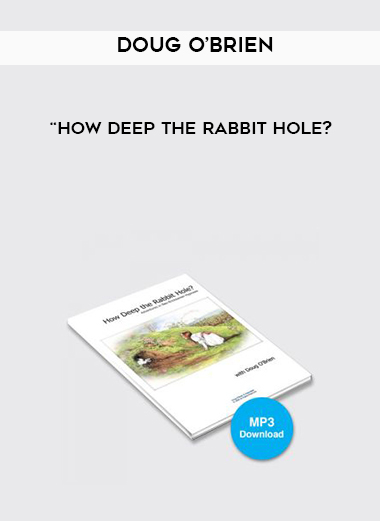

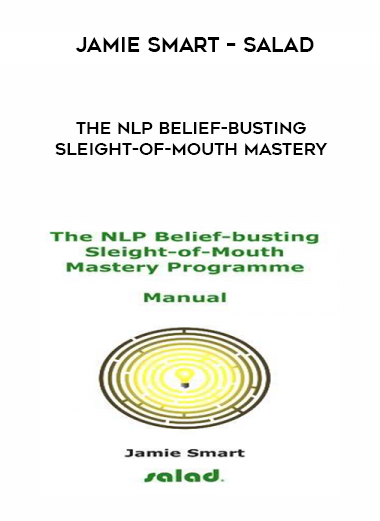
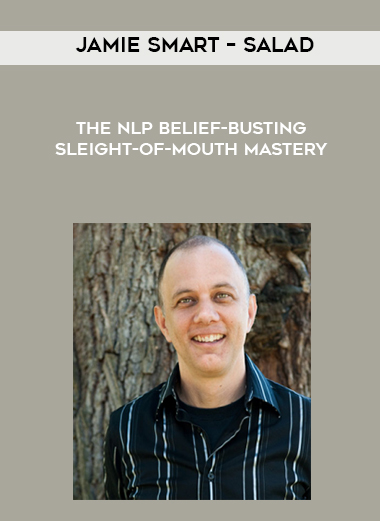
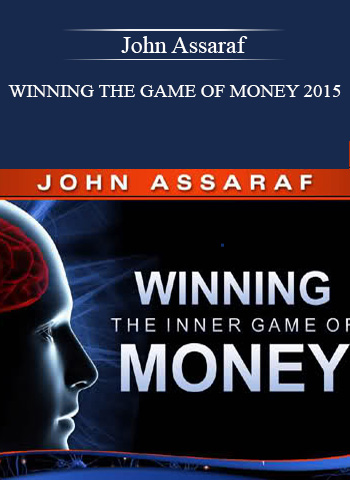
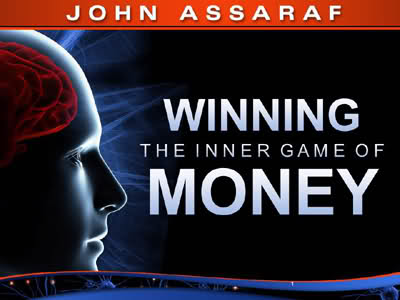
![Kali Dubois – Forbidden (Banned) Patterns Brainwashing for Submissive Advanced Mental Strategies [DVDRip – 6 MP4s x265] digital download](https://intellschool.info/wp-content/uploads/2022/02/Kali-Dubois-–-Forbidden-Banned-Patterns.jpg)


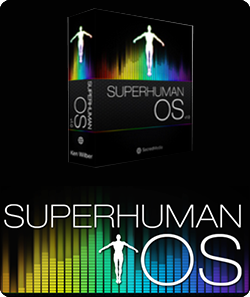
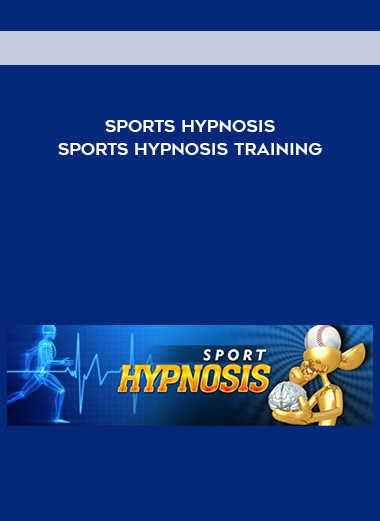

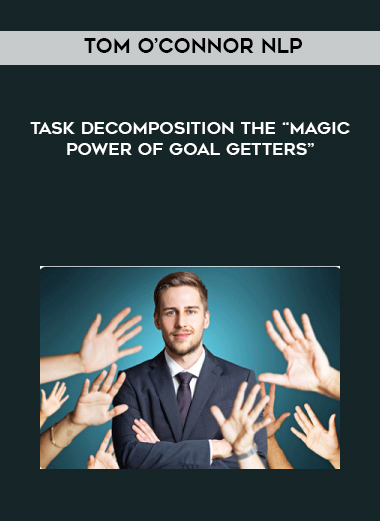
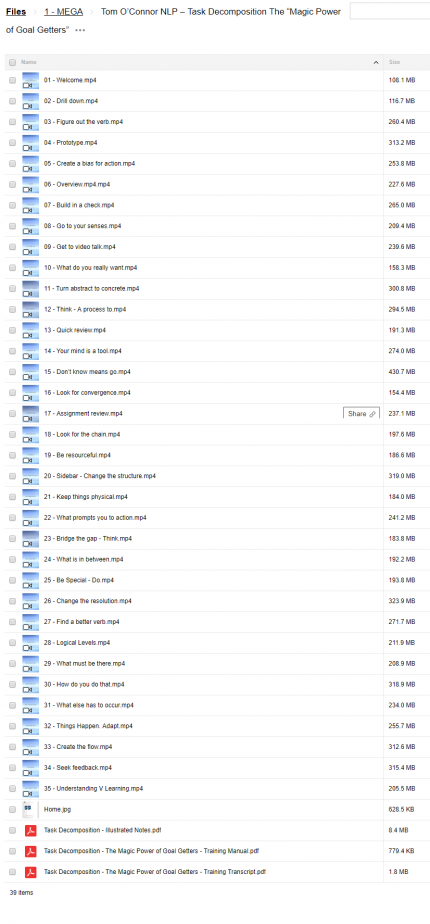
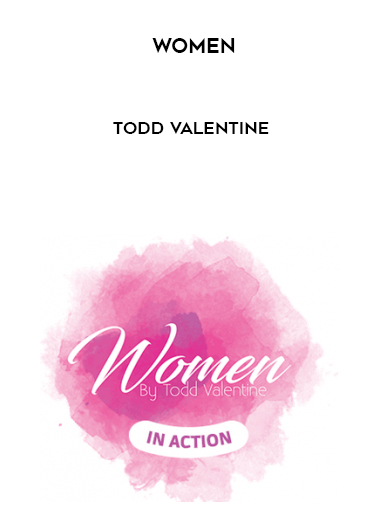



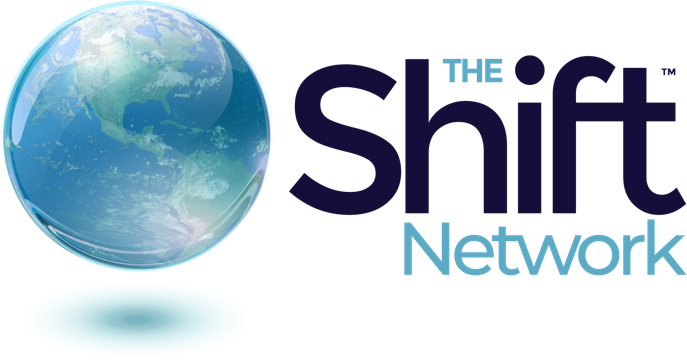







Reviews
There are no reviews yet.